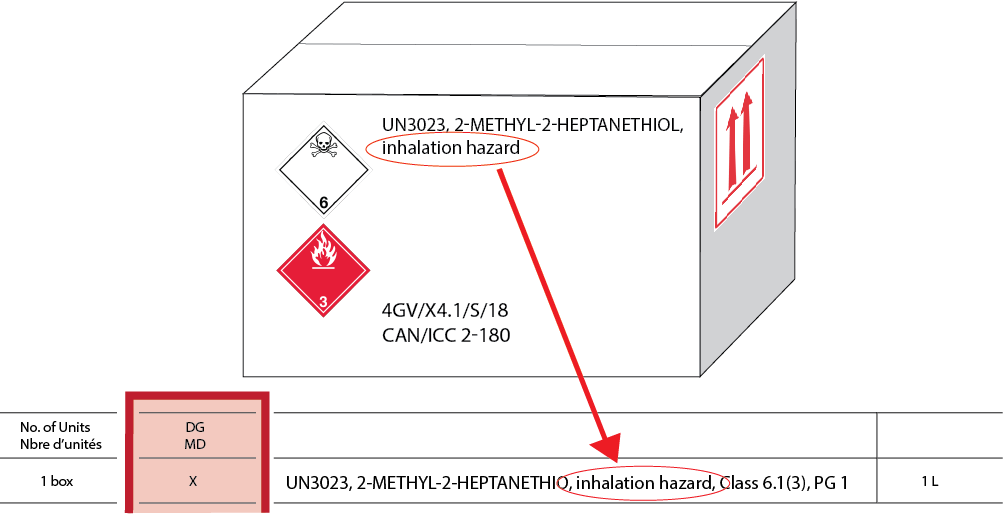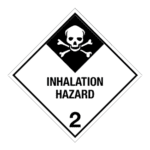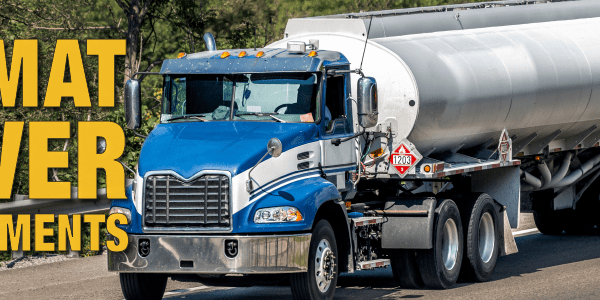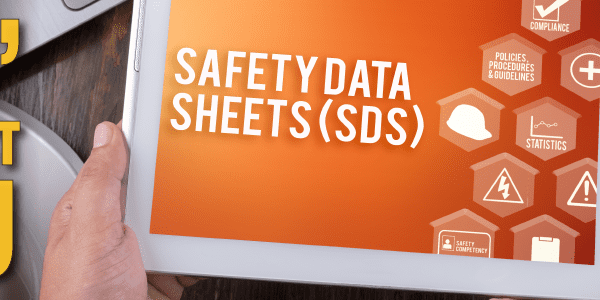 Inhalation Hazard: When is the Additional Statement Required for Your Shipments?
Inhalation Hazard: When is the Additional Statement Required for Your Shipments?
The Transportation of Dangerous Goods Regulations (TDGR) in Canada states the following:
When a Special Provision 23 (SP23) is listed in column five of the dangerous goods list (schedule 1), there will be an additional hazard warning that you must do. SP23 will require you to follow the marking requirements of the TDGR’s part 4.23, which will then require you to add the words “inhalation Hazard” after the Proper Shipping Name (PSN). Remember that the size of the text must be at least 12mm in height for the PSN on a small package, and for large means of containments on two opposite sides adjacent to any placard and UN numbers. (TDGR Part 4.23)
Under 49 CFR in the United States
The process is similar as it is in Canada, but with a small difference in marking and labeling. The one thing that threw me off a bit was SP2 indicates it is a toxic by inhalation but doesn’t really point to the marking and labeling requirements. Luckily, I knew about section 172.313 which lays out the marking requirements.
“SP2: This material is poisonous by inhalation (see § 171.8 of this subchapter) in Hazard Zone B (see § 173.116(a) or § 173.133(a) of this subchapter), and must be described as an inhalation hazard under the provisions of this subchapter.”
In 172.313, in para (a) it gives you two options. The first is similar to Canada in that you have the Inhalation Hazard wording next to the proper shipping name, or the utilization of the below labels that contain the working “inhalation hazard which can cut down a very long shipping description.
“When the words “Inhalation Hazard” appear on the label, as prescribed in §§ 172.416 and 172.429, or placard, as prescribed in §§ 172.540 and 172.555, the “Inhalation Hazard” marking is not required on the package.”
Figures §§ 172.416 and 172.429
The shipping description will be done similarly to Canada’s TDGR when it comes to documentation.
Knowing your product is key and understanding that there could be an additional step required to identify any health hazards on the packaging and documentation. ICC is passionate about keeping us all safe when handling, storing, manufacturing, or transporting dangerous goods. Our team can help your business stay compliant and informed through our resources and products. Contact us to learn more about the ICC difference.
Stay up to date and sign up for our newsletter!
We have all the products, services and training you need to ensure your staff is properly trained and informed.
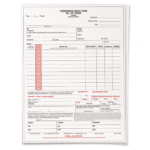 Bill of Lading Forms Bill of Lading Forms |
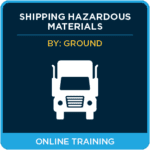 Shipping Dangerous Shipping DangerousGoods by Ground |
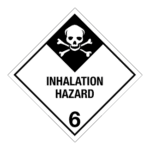 Hazard Class 6.1 Label Hazard Class 6.1 Label |

 Inhalation Hazard: When is the Additional Statement Required for Your Shipments?
Inhalation Hazard: When is the Additional Statement Required for Your Shipments?
